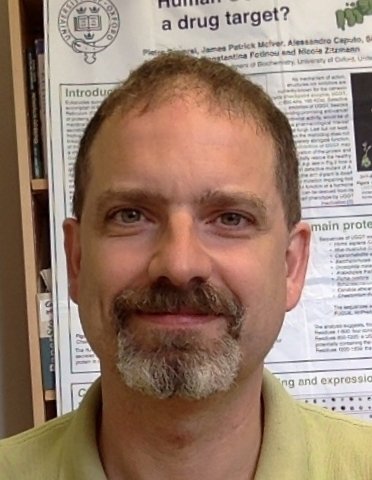
1997: PhD in Structural Chemistry, Università di Milano
1993: Master in Chemistry (with Honours) University of Milano
2021-Present: Senior Researcher at Institute of Agricultural Biology and Biotechnology of the CNR
2019-2021: Lecturer on the Natural Sciences Programme, Leicester University, Leicester, England, UK
2018-2021: Wellcome Trust ISSF and LISCB Fellow, Molecular and Cell Biology Department, Leicester University, Leicester, England, UK
2012-2013: Ikerbasque Visiting Professorship sponsored by the Basque Foundation of Science at CIC BioGUNE, Bilbao, Biscay, Basque Country, Spain
2008-2013: EP Abraham Fellow and Tutor for the undergraduate and graduate students in Biochemistry, Lincoln College, Oxford, Inghilterra, Oxford, England, UK
2003-2018: Postdoctoral Research Assistant, Departments of Biochemistry (2003-2005 and 2013-2018) and Pathology (2005-2012), Oxford University, Oxford, England, UK
2000-2003: Researcher at GlobalPhasing Ltd., Cambridge, England, UK
1996-2000: Postdoctoral Research Assistant, MRC-LMB, Cambridge University, Cambridge, England, UK